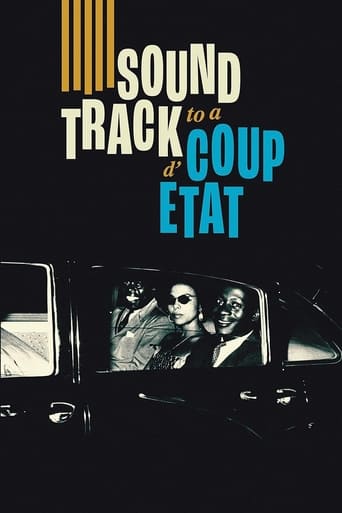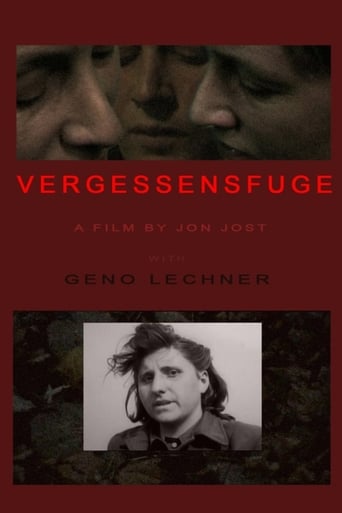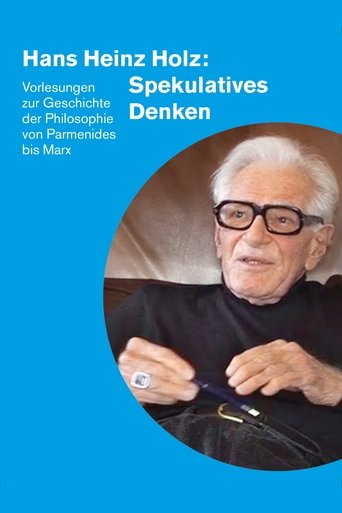While it was long thought that his filmography had concluded with the film Life in 1993, Peleshian has now returned with a new film, simply titled La Nature, through which he once again observes the delicate cohabitation of human communities with their environment. Gathered from the internet, most of the images that compose the film are fragile, amateur-shot traces from within nature and its tremors that regularly rock these communities. Volcanic eruptions, earthquakes, and tsunamis form the film’s visual fabric, and are set against images of grandiose natural landscapes. A visual elegy, the film resolutely acknowledges the superiority of nature, with its unrelenting force, capable of transcending all human ambition. With this, the filmmaker seems to remind us that humankind will not emerge victorious from the ecological havoc that it has created.






